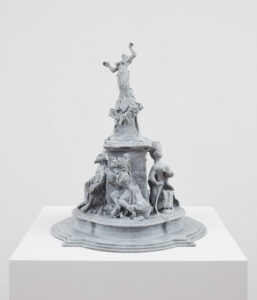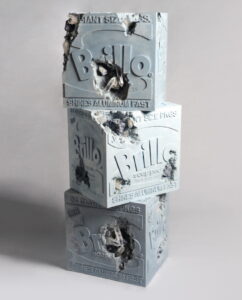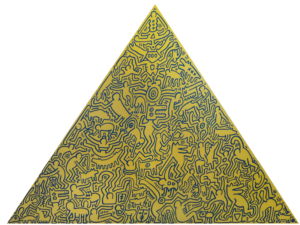Black Label Limited Edition Dalí Leda Low Table-Sculpture
Design inspired on an artwork by Salvador Dalí: Femme à tête de roses, 1935
Legs in black patina not varnished. Table top in brushed and
varnished brass, black varnished patina. Nero Marquina marble egg on top
75 x 21 x 25 inches (190.5 x 53.3 x 63.5 cm.)
All works are inspected prior to delivery, work will be sent out tracked and insured at buyers cost. If you'd like to make specific arrangements or discuss collection then please contact us directly.
Accepted: Wire transfer
ART PLEASE Assurance Policy: Every ART PLEASE seller has been approved by ART PLEASE after a thorough review. All of our sellers are required to accept the following ART PLEASE policy: A buyer may return an item purchased through ART PLEASE, if the item received is not as described in its listing, or is found to be unauthentic.
Salvador Dali was one of the leading exponents of the surrealist movement, creating paintings, drawings, sculptures, film and photographs that challenged the viewer’s perception of reality. Dali’s eccentric and iconic personality drew even more attention than his work, remembered by all with his flamboyant and highly styled moustache. Deeply influenced by Freud’s studies and his lifelong interest in science and mathematics, the controversial artist featured bizarre and symbolic images exploring the subconscious, dreams, sexuality, religion and science. Recurring symbols in his oeuvre include eggs, an allusion to birth and love; food, associated with beauty and lust; melting watches, reminding of the relativity of time; dead animals, pointing death and decay, and snails, connected to the human head. Dali remains one of the most influential figures of the 20th century, inspiring numerous pop and contemporary artists such as Jeff Koons and Damien Hirst.
This piece draws inspiration from his 1935 work Femme à Tête de Roses. Featuring a female arm and a high heeled leg fused together to form the table legs, Dali places one of his recurring eggs in marble as a symbol of birth, fertility, sexuality, love and hope. Referencing the myth of the Greek queen of Sparta, Leda, who was impregnated by Zeus on her wedding night and as a result gave birth to two eggs, the artist lets us decide which egg is the one depicted here.












